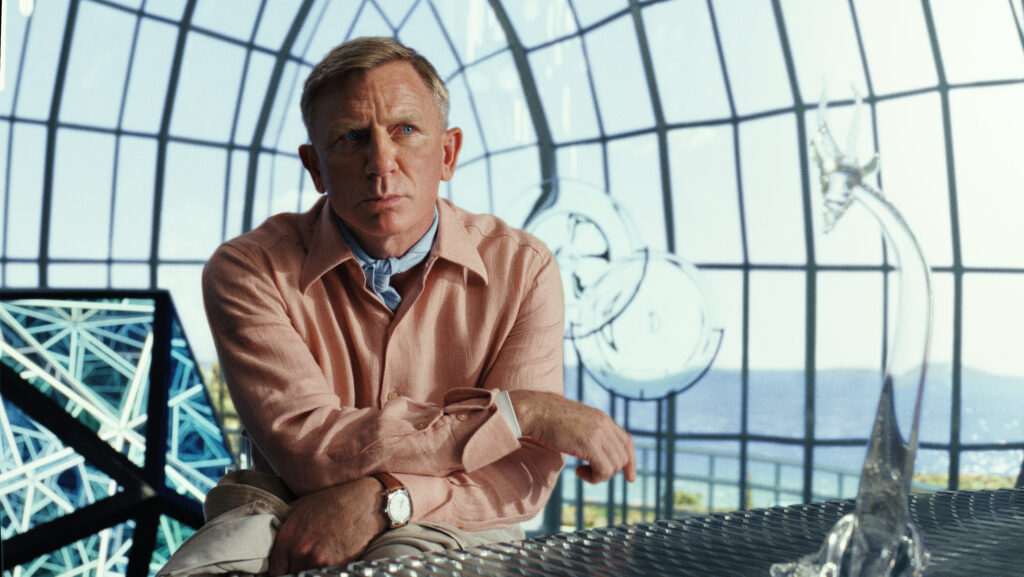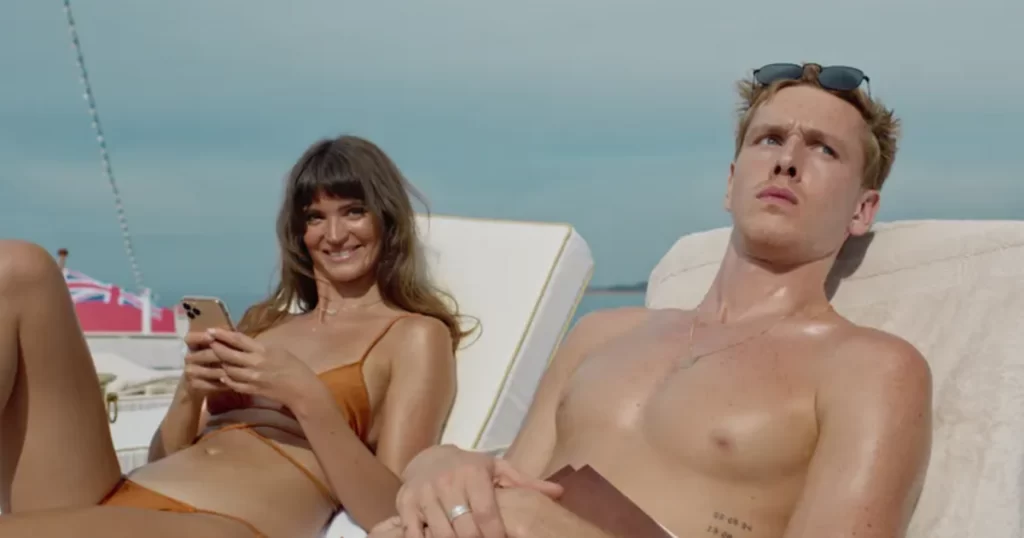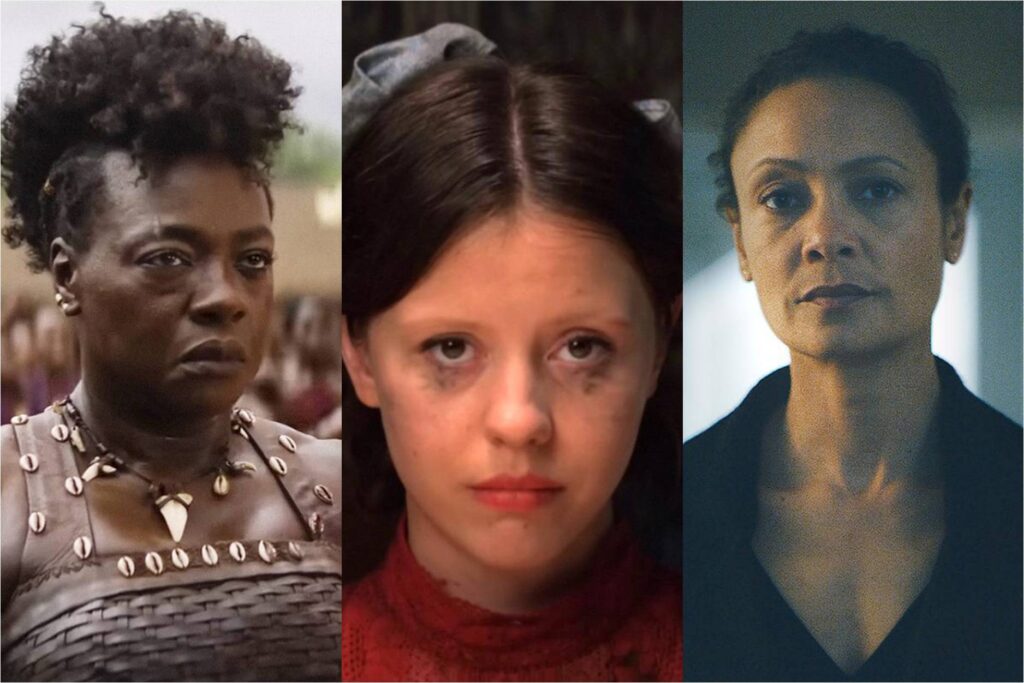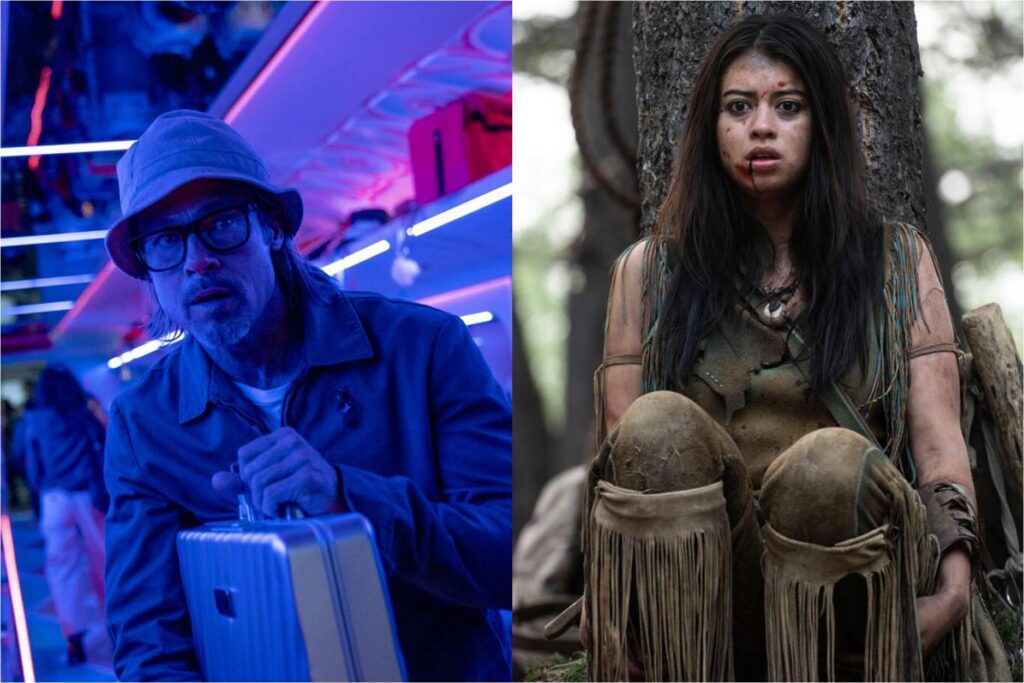Babylon: Putting the Sin in Cinema

In the Bible, the city of Babylon is referred to as a dwelling place of demons—a haunted, sinful metropolis that is ultimately befallen by evil, disaster, and ruin. That Damien Chazelle has selected it as the title of his new movie, a rampaging epic set in the dawn of Hollywood, is one of the filmmaker’s subtler touches.
I mean this less as criticism than observation—maybe even admiration. The maximalism with which Chazelle has constructed Babylon, a simultaneously nostalgic and seditious homage to cinema’s golden age, is unmistakably a product of courage, even if it is also a signifier of poor taste and bad sense. His heedlessness—the way he has envisioned 1920s Tinseltown as a gluttonous underworld of sex, drugs, and generalized depravity—carries with it a monumental ambition, one that demands the skill of a truly great director. That Chazelle mostly pulls it off is a testament to his talent; that he fails in stretches makes his vanity no less interesting. Read More




